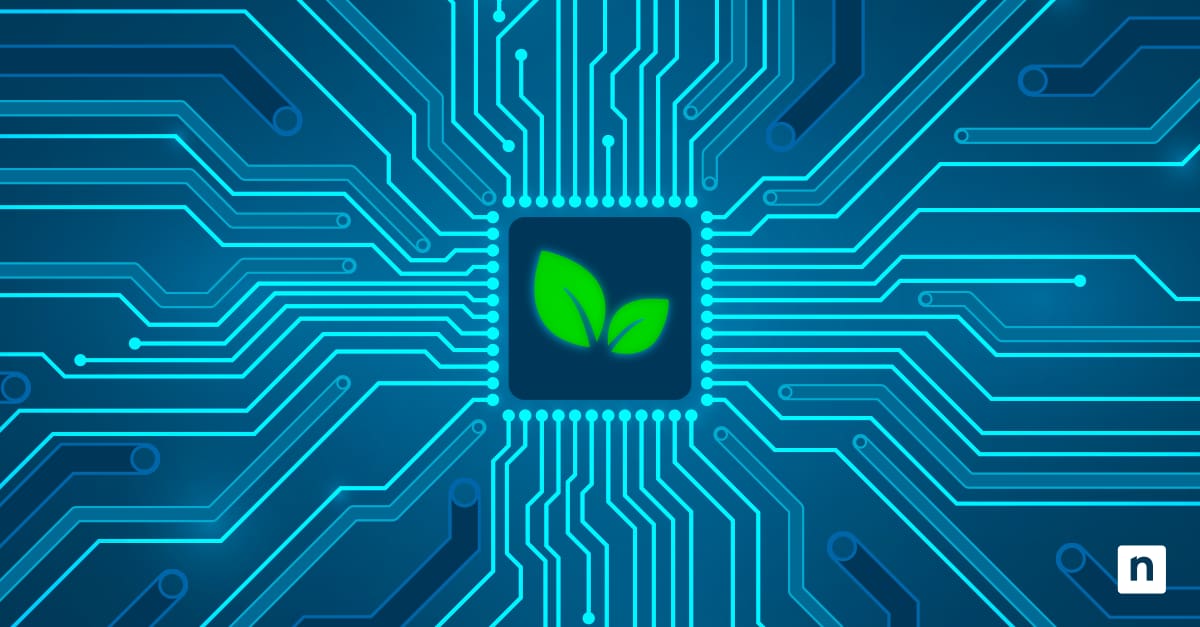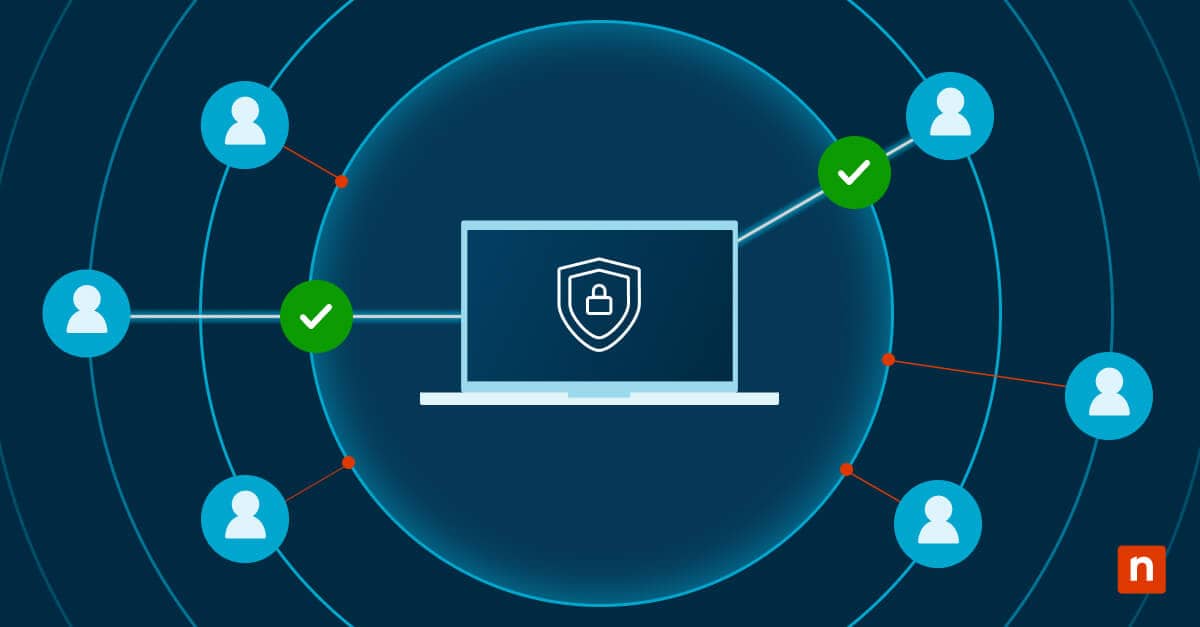Keeping a Windows computer up-to-date ensures optimal system performance and robust system security. This can help devices stay in tip-top shape when executing essential tasks. However, a successful Windows update occasionally comes with a restart prompt. It may be disruptive, and sometimes lead to loss of unsaved work when accidentally clicked.
Disabling the Windows Update restart notification allows users to manually restart their devices at a convenient time, eliminating interruptions from frequent restart reminders. This guide will outline different methods to stop the Windows 10 update restart notification from appearing, provide answers to FAQs, and solve common issues that arise when disabling the feature.
How to disable Windows Update restart notification
Depending on your use case scenario, you can disable the restart notification through various methods. Typically, users can turn this feature off via Windows Settings. On the other hand, advanced users pushing bulk actions for multiple endpoints should use the Group Policy Editor or Registry Editor.
Method 1: Using the Windows Settings
- Launch the Windows Settings app.
- Press Win + I to open Windows Settings.
- Find and click on the Update & Security icon.
- Navigate to Windows Update Settings.
- On the left sidebar, tap Windows Update.
- Select Advanced options found under Windows Update.
- Disable Windows update restart prompts.
- For computers running a Windows version before build 17704, toggle off the switch found under We’ll show a reminder when we’re going to restart. If you want to see more notifications about restarting, turn this on.
- Turning the switch on will enable restart notifications on your device.
- For computers running Windows 10 build 17704 or later, turn off the switch found under Update notifications that says Show a notification when your PC requires a restart to finish updating.
- Turning this feature on will push restart notifications on your device when installing updates.
- For computers running a Windows version before build 17704, toggle off the switch found under We’ll show a reminder when we’re going to restart. If you want to see more notifications about restarting, turn this on.
- Exit Windows Settings.
- Changes made when toggling the notification switch automatically apply to a device; however, it’s recommended to restart your PC if necessary.
Method 2: Using the Group Policy Editor on Windows 10 Pro & Enterprise
Note: You should back up your Group Policy Editor settings before using the Group Policy Editor to disable the Windows update restart notification. Doing so guarantees a safe rollback method in case of a failed policy change.
- Open the Group Policy Editor.
- Press Win + R to launch Run.
- Type gpedit.msc, then hit Enter to launch the Group Policy Editor.
- Find Windows Update Settings inside the Group Policy Order list.
- Navigate Computer Configuration > Administrative Templates > Windows Components > Windows Update.
- Press the Windows Update policy category.
- Turn off restart notifications.
- Inside Windows Update, locate and double-click Turn off auto-restart notifications for update installations policy setting.
- In the pop-up window, click the dot beside Disabled to toggle off restart notifications.
- Press the dot beside Enabled to turn on update restart notifications.
- Save and apply changes.
- Close the Group Policy Editor window, then reboot your device to apply the changes.
Method 3: Using the Registry Editor (for all Windows 10 versions)
Note: Improper changes made in the Registry can lead to software malfunctions and system instability. We advise backing up your Registry Keys before following the steps outlined below.
- Initiate Windows Registry Editor.
- Use the Win + R hotkey to open Run.
- Search regedit, and hit Enter.
- Locate the Windows Update registry key.
- Navigate the following: HKEY_LOCAL_MACHINE\SOFTWARE\Policies\Microsoft\Windows\WindowsUpdate\AU
- Press the AU (Automatic Updates) key.
- Create or modify the NoAutoRebootWithLoggedOnUsers registry value.
- Inside the AU key, find the NoAutoRebootWithLoggedOnUsers value.
- If you can’t find the value of the same name, press-right click inside AU, then press New > DWORD (32-bit) Value.
- Name the newly-made value NoAutoRebootWithLoggedOnUsers.
- Double-click NoAutoRebootWithLoggedOnUsers and set its value to 1 to disable the Windows update restart notification.
- To enable this notification feature, set the value to 0.
- Inside the AU key, find the NoAutoRebootWithLoggedOnUsers value.
- Save and apply changes.
- Close the Registry Editor, then reboot your PC to apply the changes.
Other ways to stop the update restart notification in Windows 10
Although ensuring your device stays up-to-date is important, getting frequent restart notifications can be a disruptive experience. This can become an issue especially when you’re in the middle of something important. When disabling Windows restart pop-ups, using a third-party update manager can help ease the Windows Settings navigation, while temporarily disabling updates can help you fully control how updates behave.
Alternative third-party update managers
You can use third-party update managers, such as WuMgr, to disable automatic updates and get rid of restart notifications altogether. However, disabling Windows Updates can weaken your device’s security against potential threats. Additionally, missing out on key updates can lead to poor device performance and software compatibility issues in the long run.
Turning off Windows updates temporarily
Temporarily disabling Windows Updates provides a balance between avoiding repetitive restart prompts and still getting key updates when convenient. This is an ideal compromise for busy end users who want to stay productive without missing crucial system updates.
To temporarily pause Windows Updates, press Win + I to open Settings, navigate Settings > Windows Updates > Pause updates for 7 days, then press the Pause button.\
FAQs about Windows update restart notifications
Will disabling restart notifications stop updates from installing?
Disabling restart notifications doesn’t actually block Windows from installing updates. Instead, it only stops pop-up reminders that ask you to restart once a Windows update is ready to install.
Can I still restart my PC manually after an update?
If an update has already finished downloading and is waiting to be installed, declining the reset prompt and then restarting the computer manually at a later time will still make the system undergo the update installation process. That said, you can complete updates on your own terms without being forced to reboot your device.
What if restart notifications still appear?
Retrace the steps outlined above and ensure you’ve configured the changes you want to apply correctly before exiting the Windows Settings, Group Policy Editor, or Registry Editor. After double-checking, restart your pc to save and apply the changes you’ve made.
How do I turn off auto restart notifications for update installations?
To disable auto restart notifications, open the Registry Editor, then go to HKEY_LOCAL_MACHINE\SOFTWARE\Policies\Microsoft\Windows\WindowsUpdate\AU. Inside the AU key, find the NoAutoRebootWithLoggedOnUsers value and set it to 1.
How do I stop Windows Update notifications?
You can disable Windows Update notifications by doing the following steps:
- Launch Run by pressing Ctrl + R.
- Type services.msc, then hit Enter.
- Under Services (local), scroll down until you find Windows Update, press right-click, then click Properties.
- Inside the pop-up window, press Stop.
- Press the Startup Type bar, then select Disabled from the dropdown box.
Common issues when disabling Windows update restart alerts
Restart notifications still showing
First, restart your PC to apply all the system changes you’ve made to your device. If restart notifications still show up even after rebooting, open your Group Policy Editor and Registry Editor to check if the registry changes you made don’t conflict with existing group policies.
Group Policy Editor is missing
The Group Policy Editor is a feature only available for systems running Windows 10 Pro and Enterprise. If you’re not using these versions, use the Registry Editor when disabling Windows update restart notifications.
Windows updates are still installing automatically
This guide only tackles how to disable restart notifications for Windows Updates and doesn’t dabble on disabling Windows Updates entirely. While turning off restart notifications can reduce interruptions, it can’t prevent Windows from downloading or installing updates in the background.
Maximize uptime by disabling Windows update restart notifications
Disabling Windows update restart alerts can provide users with an uninterrupted working experience, boosting productivity and limiting distractions that may arise when getting tasks done.This guide outlines detailed instructions on how to disable update restart notifications using the Windows Settings, Group Policy Editor, and Registry Editor, enabling you to make this change without breaking a sweat.
In environments where uptime is a luxury, preventing pop-up notifications enables full control of how Windows update behaves, ensuring critical patches apply when most convenient. Tailor your update experience to fit the workflow you desire, avoiding unexpected interruptions while still maintaining robust system security on your own terms.







